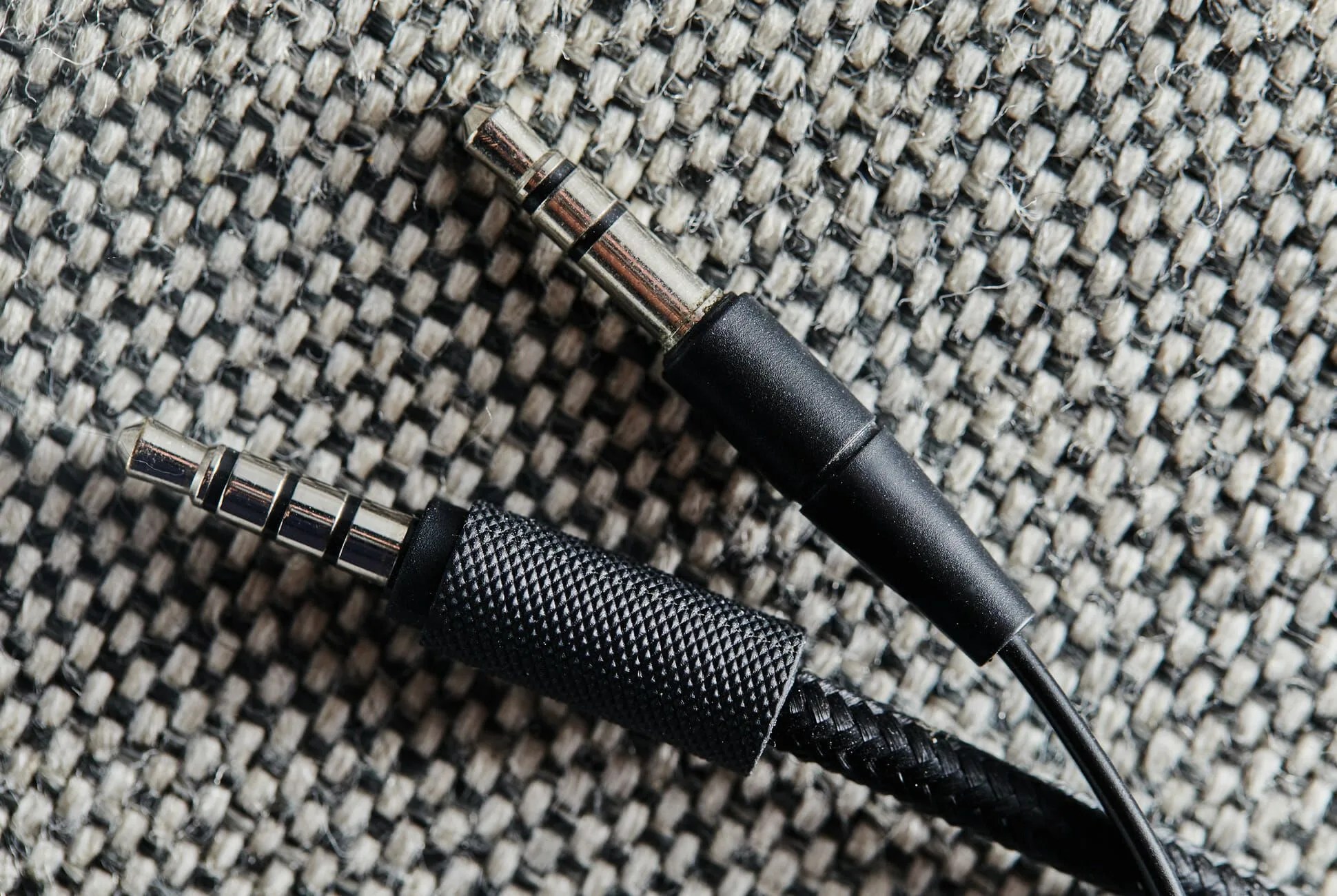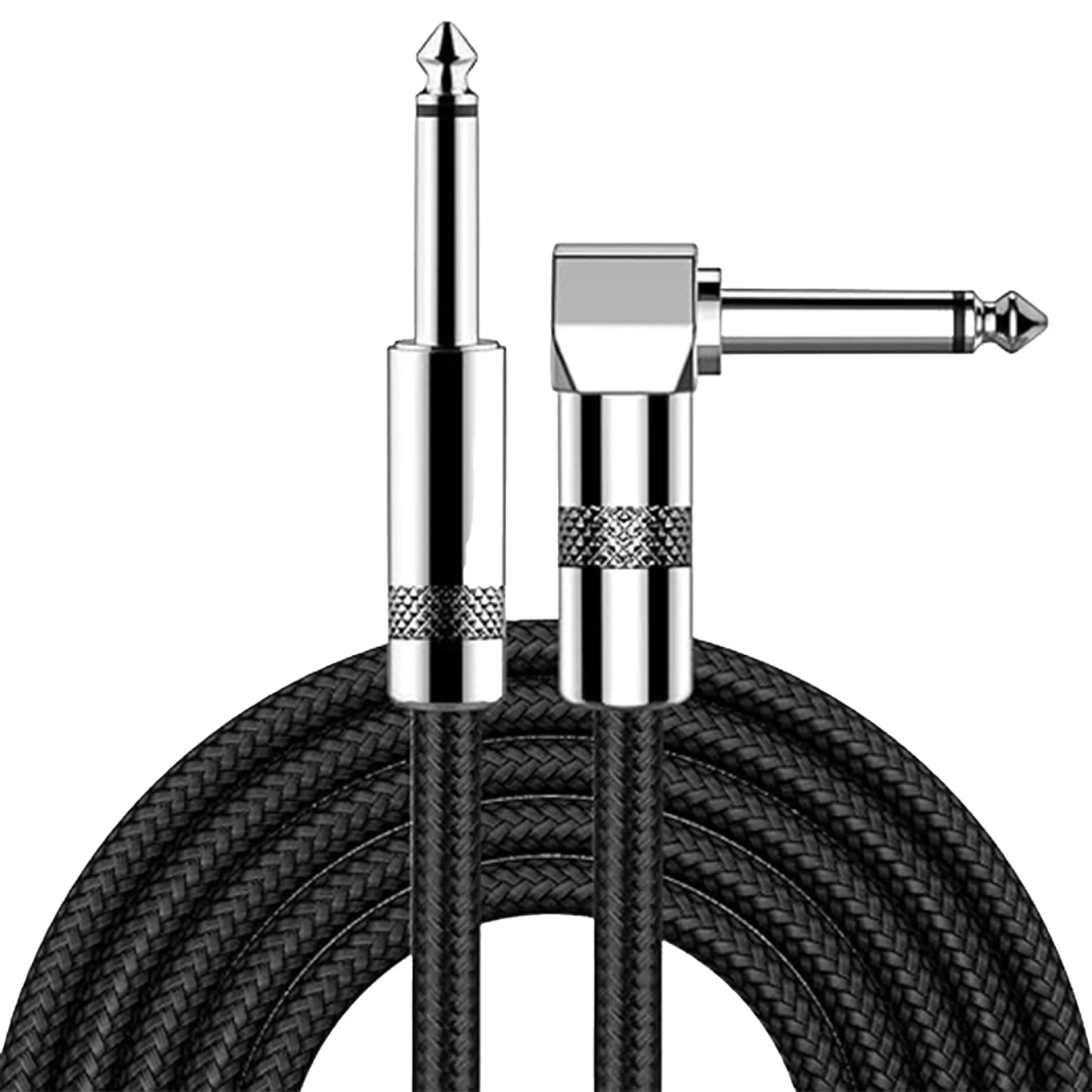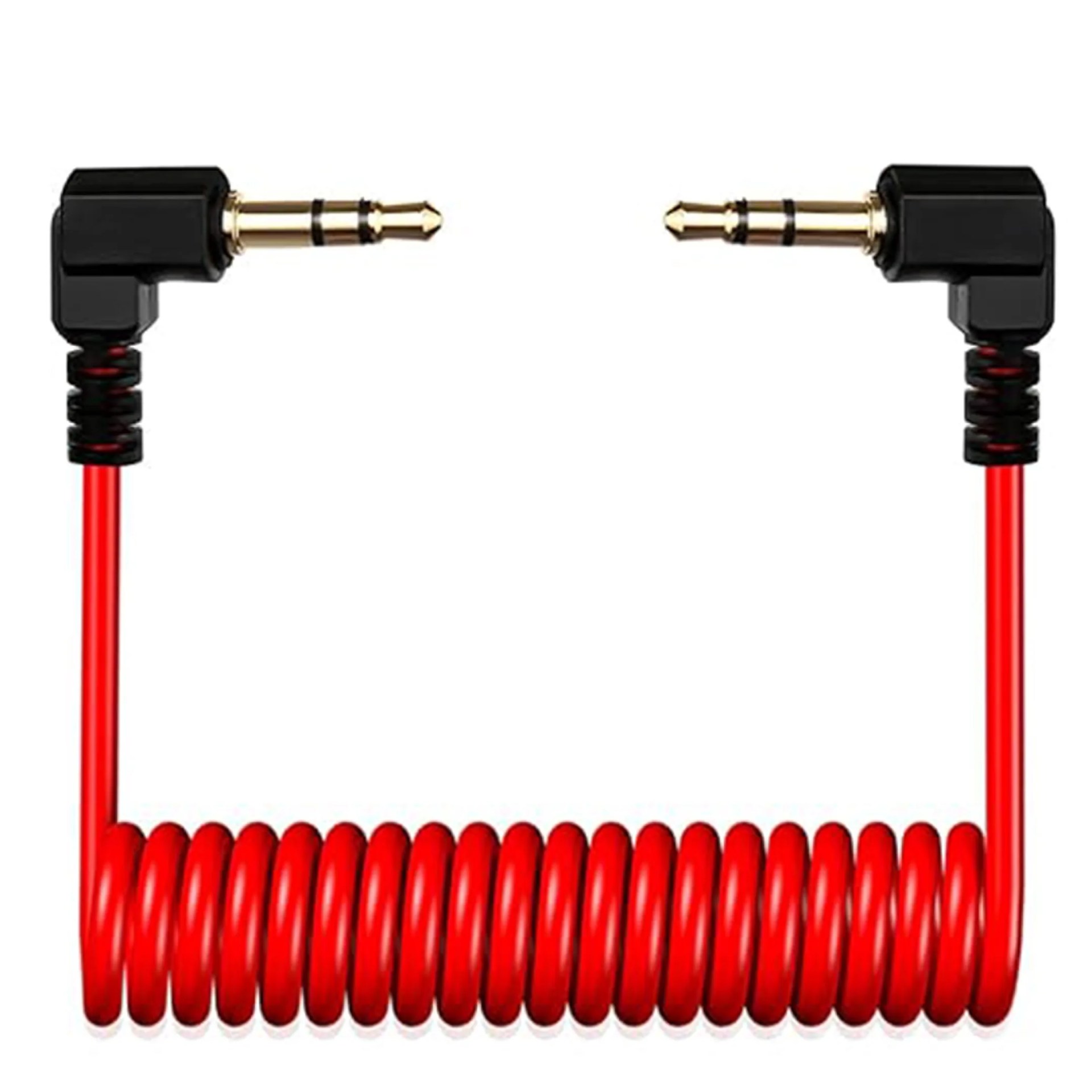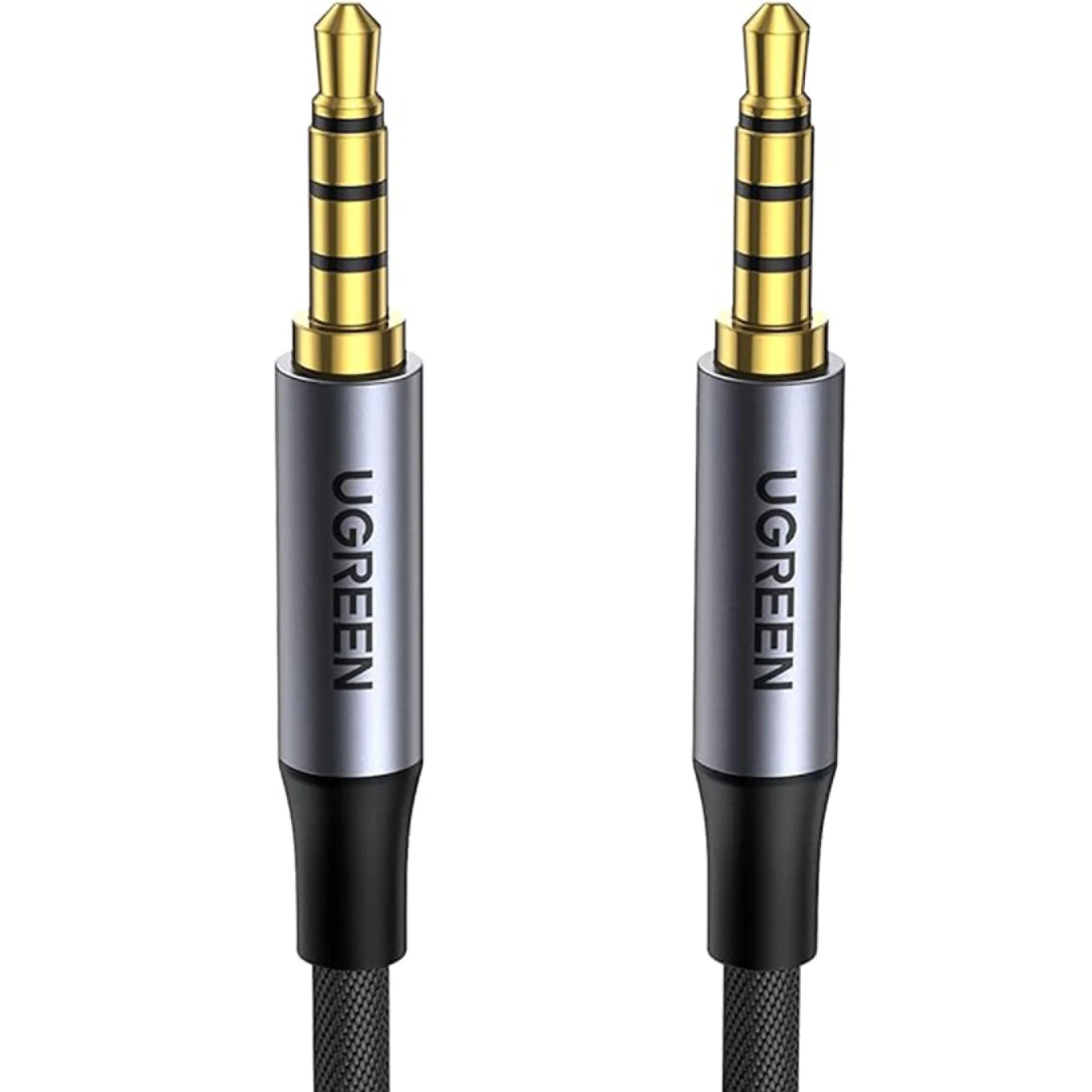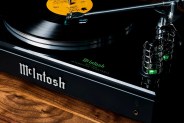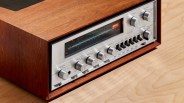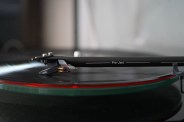The advent of wireless headphones is slowly laying the headphone jack to rest, but it’s not going out without a fight. The design, which traces its roots back to the late 1800s is sure to find a home on wired headphones, laptops and enthusiast audio equipment for years to come.
If you’ve ever contemplated the plug on your old set of wired EarPods or other headphones for even a second as you go to pop it into a jack, you’ve surely noticed the series of small, colored, plastic rings, a number that can vary from cable to cable. Most of the time, you don’t need to pay any mind — until you do. Here’s what they mean.
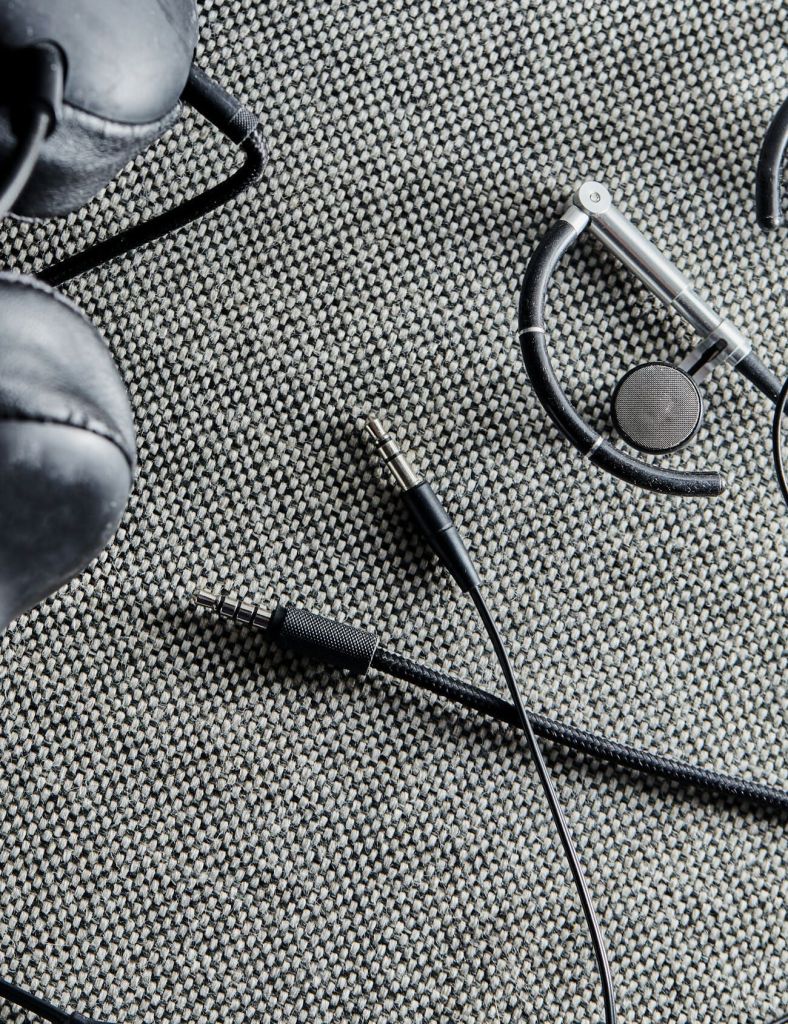 Henry Phillips
Henry PhillipsThe job of a headphone plug and jack actually is very simple: to communicate audio signals from one device to another. These rings play a crucial role, not because of what they do, but because of what they don’t.
Made of a non-conductive material (typically plastic) these rings serve to divide the plug into various different conductive sections. Each plug has to have at least two sections (and therefore, at least one ring to separate them): one section to carry a signal, while the other serves as a return path and ground, which helps to cancel out any distortion or interference the audio signal picks up along the way.
What are TS, TRS and TRRS cables?
Each cable type has a technical abbreviation based on how many connective metal bands the plug has. The conductive band at the top is known as the “tip,” and the one at the base is known as the “sleeve.” Any remaining bands in the middle are referred to as “rings.” Because one conductive band is always designated for ground, the number of non-conductive plastic rings conveniently corresponds to the number of audio channels a plug can carry.
